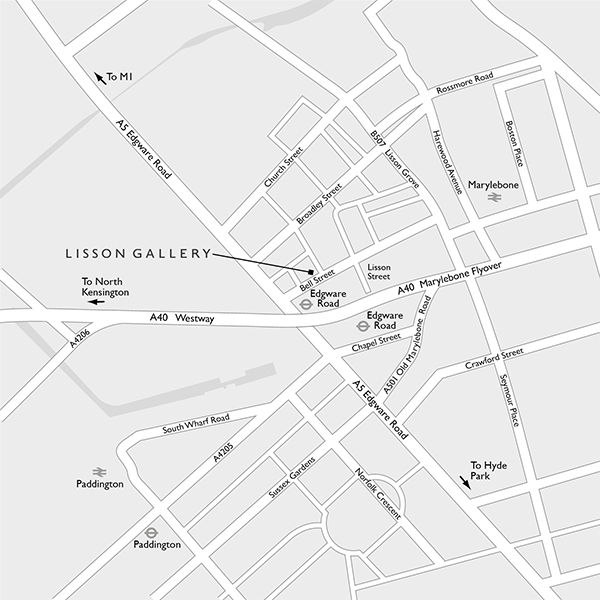I find that the knot is the beginning of everything. Everything is accidental to me. An accident becomes a work.
– Olga de Amaral
The renowned Colombian artist Olga de Amaral opens her first solo show in London for almost a decade, following her inaugural exhibitions with Lisson Gallery in New York last year. This display of cascading, layered textiles and numinous clouds of hanging strands, among a range of other historic and recent pieces, reveals Amaral’s mastery of the loom and the woven language, but also the ways in which her practice crosses over into painting, sculpture and installation – being as much fine art as fibre art. While a recent touring museum exhibition in the US, entitled ‘To Weave a Rock’, introduced her to many new audiences, her work is seldom seen in such great depth in Europe, despite many of her earliest influences emanating from her travels and influences encountered here and elsewhere, between the 1950s and ’70s.
Read moreMost of the works in this show hail from the past two decades, featuring her characteristic intertwined surfaces of linen or another base material warp, which is then encrusted in gesso and even adorned with gold leaf or palladium, transforming the simplest of supports into shimmering walls of indeterminate, alchemical matter. A centrepiece of the presentation is a cascading installation of layered polyurethane entitled Luz Blanca (White Light, 1969), an early work in which Amaral experimented with sheets of plastic, being drawn to its flexible and contemporary nature, as well as the iridescent surface reflections. Similarly experiential in nature are her cloud-like Brumas (Mists, 2014), in which three-dimensional coloured forms seem to appear within gathered skeins of thread, a technique Amaral has likened to “painting in space”. While resolutely handmade objects, Amaral’s works do often seem to contain or conjure natural motifs from within themselves, perhaps recalling waterfalls (in Umbra Verde, 2006), or geological cross-sections of earth (Strata, 2009), while other works seem to refute description altogether, existing instead as pure abstractions (Imagen Perdida or Lost Image, 1992).
Rather than striving to elevate craft beyond itself, Amaral regarded her art as existing in continuum with the functional aspects of her working studio, with her female collaborators and fellow weavers in Colombia at least as important as any notions of transcending her medium. Indeed, she described each of the constituent fragments or slivers of fabric as words, which would then be combined with others to help articulate her “landscapes of surfaces, textures, emotion, memories, meanings and connections.” In the catalogue accompanying this exhibition, curator and professor at Bard College, Susan Aberth discusses gilded Colombian churches, Byzantine mosaics and stained-glass windows as possible spiritual and aesthetic touchstones for her art, referring to Amaral’s works as: “roving chapels of meditative and solemn beauty.”








